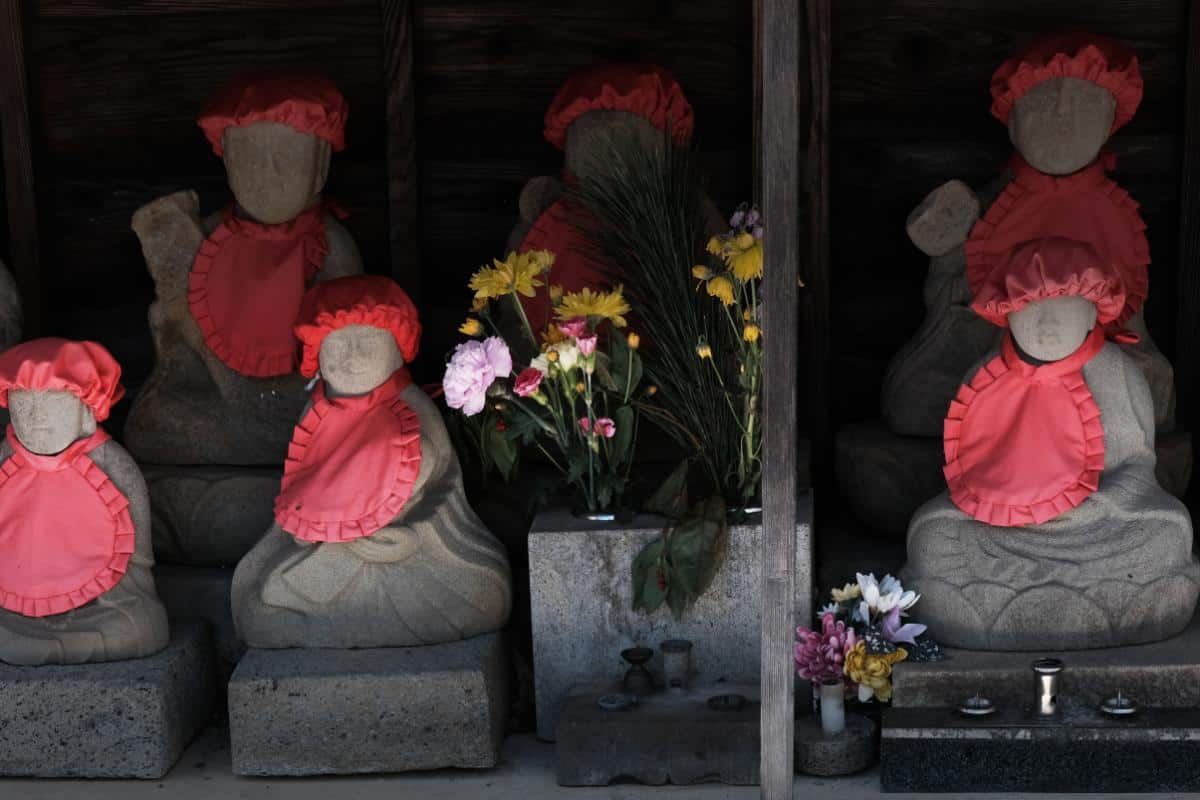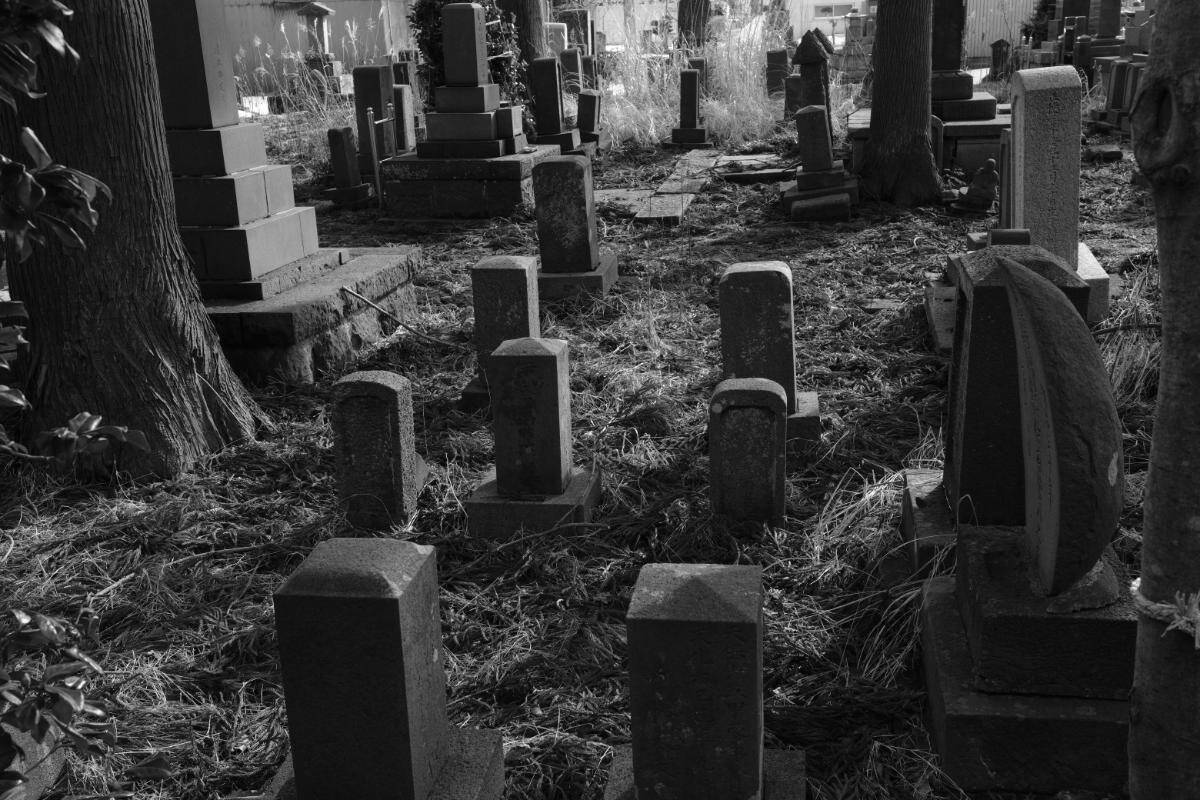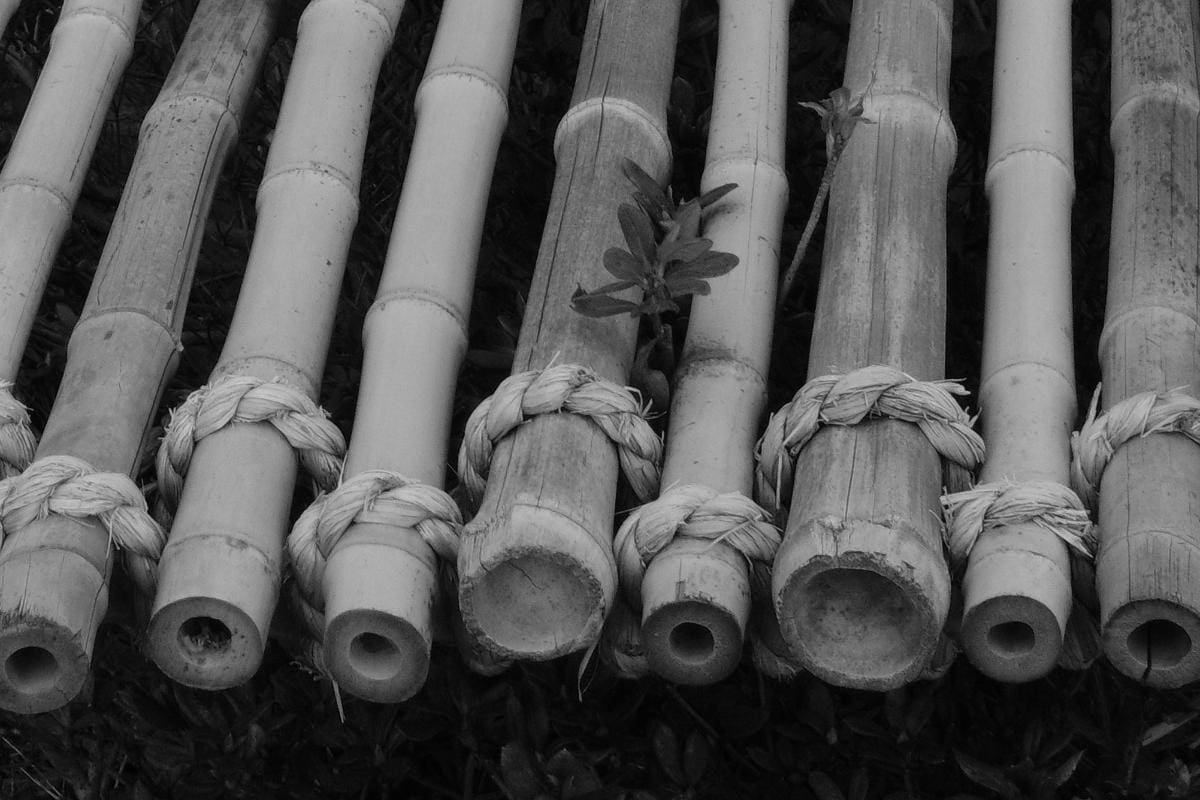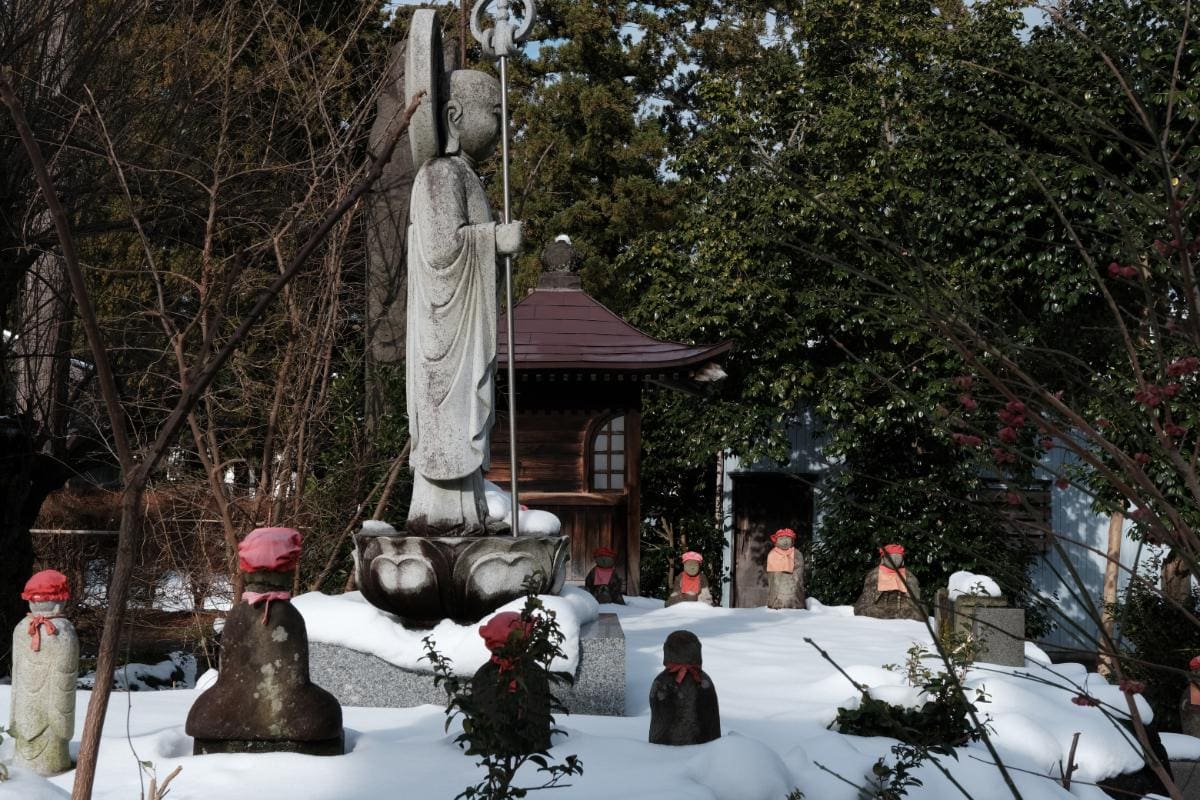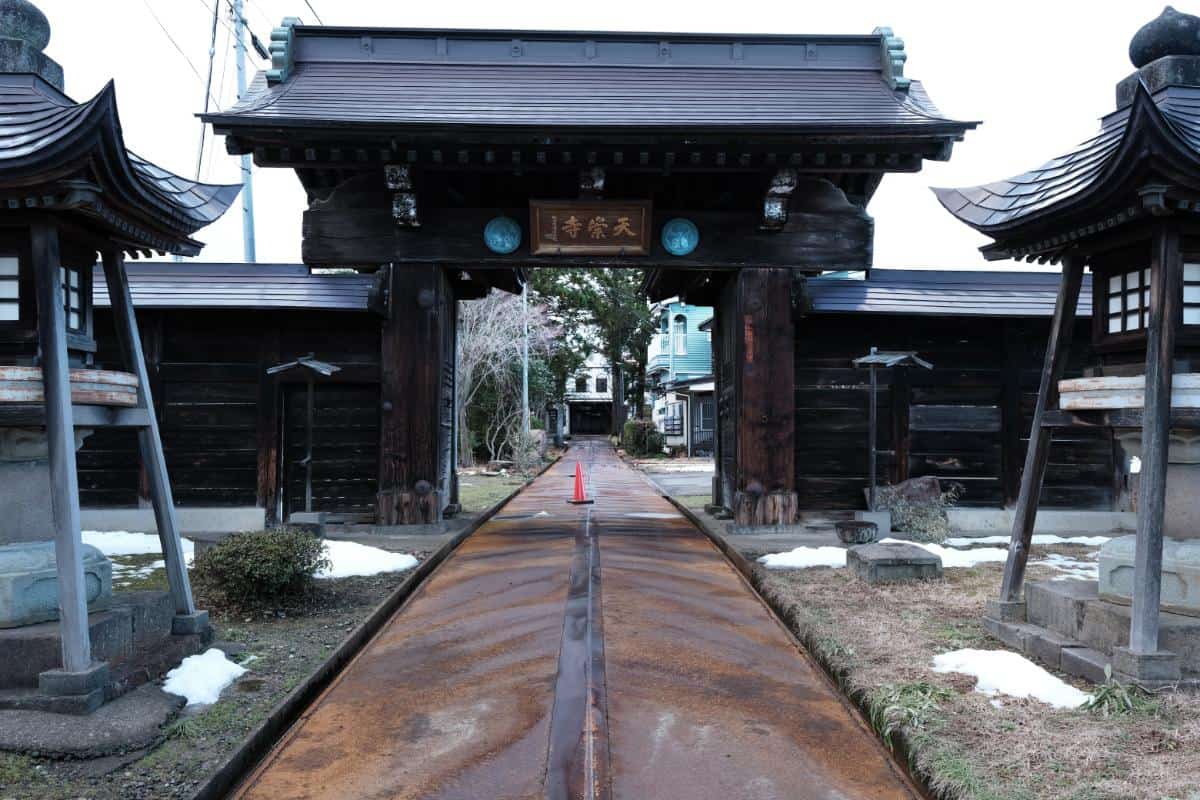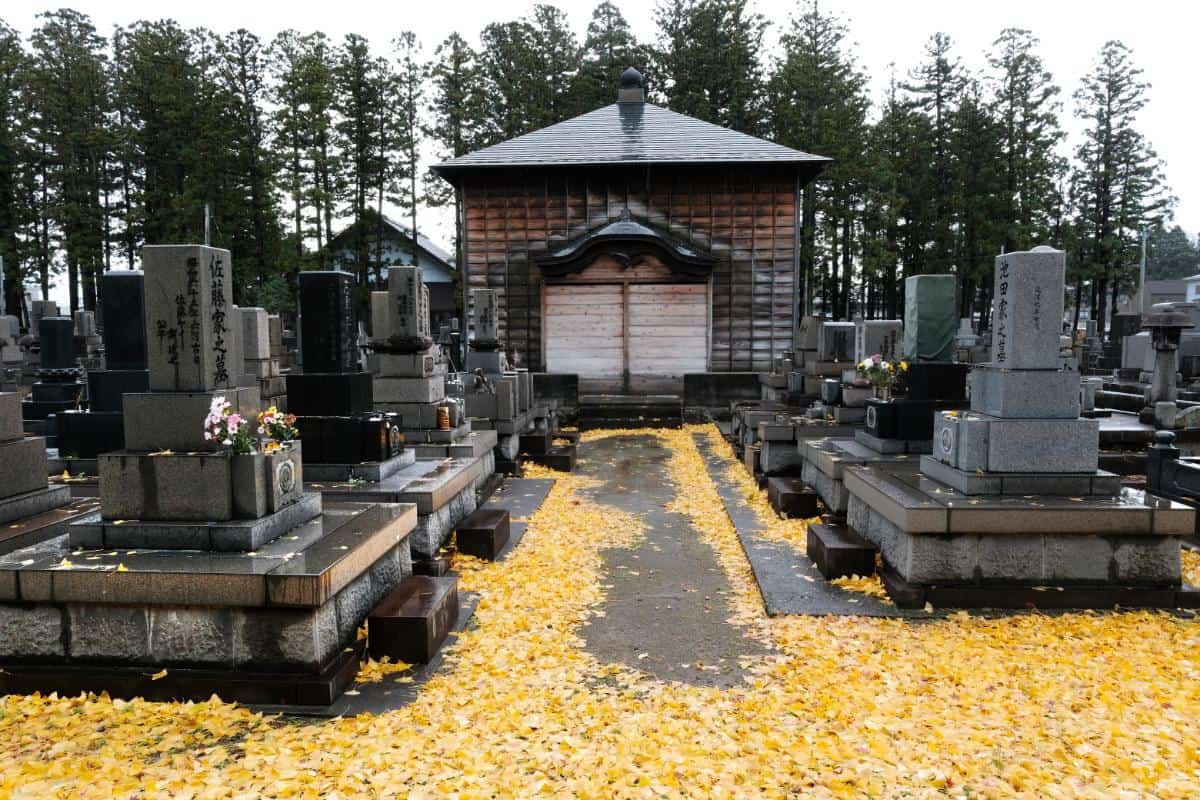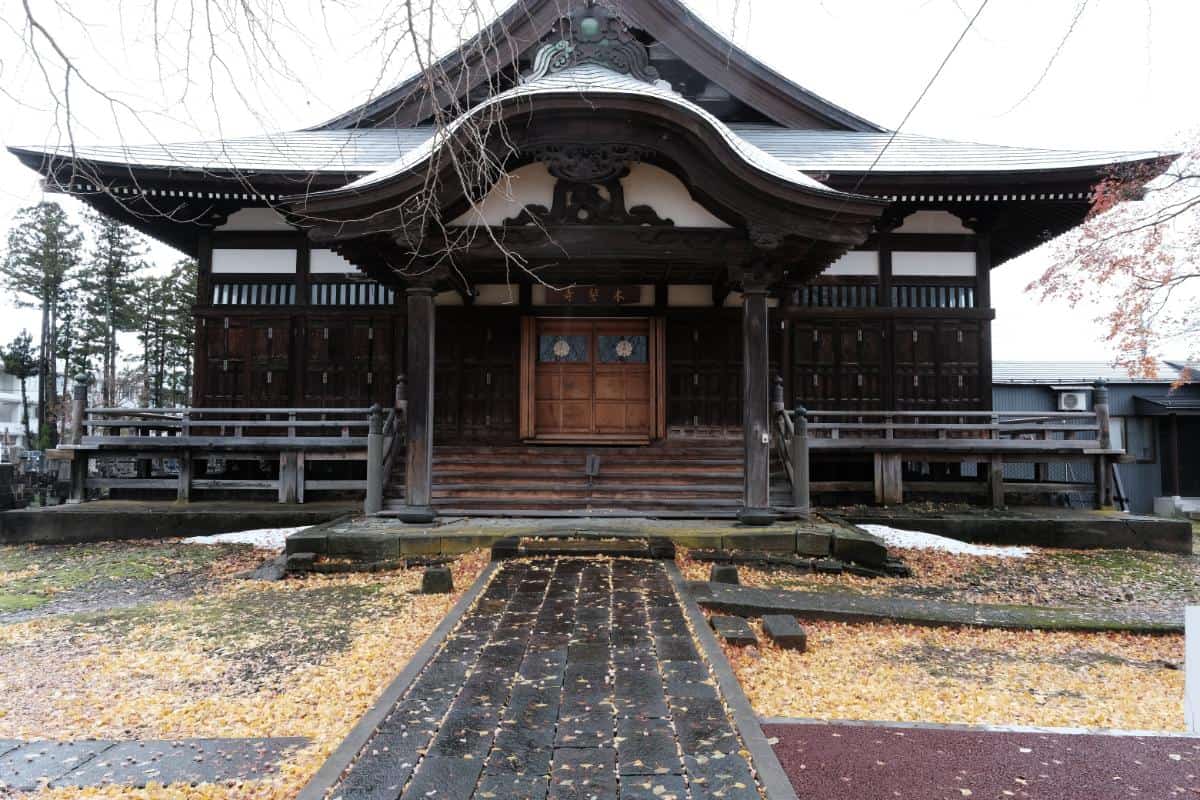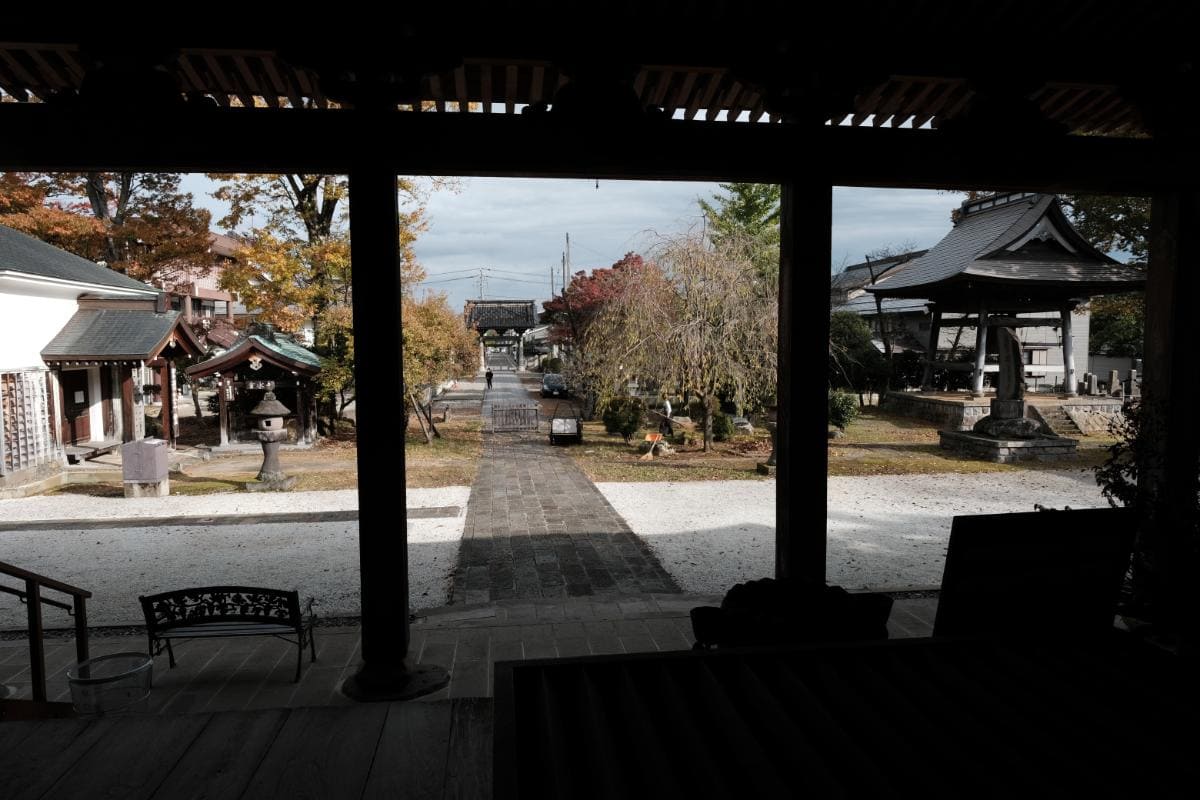Teramachi Page Contents
Map & location
Today’s Teramachi is centrally located in Takada in three city blocks, Teramachi 1-chome, 2-chome and 3-chome, to the West of and parallel to the Myoko-Haneuma Railway line.
Buddhist Sects
Jodo Shinshu is represented with 34 temples, followed by Sotoshu (12 temples), Nichirenshu (7 temples), Jodoshu (6 temples), Shingonshu (4 temples), and Jishu (1 temple).
These are all old, established sects, the history of Shingonshu going back to the Heian period and the others to the Kamakura period.
List of temples
History of Teramachi
It all started in 1614. Matsudaira Tadateru, the 6th son of Tokugawa Ieyasu, had been appointed as daimyo of the Takada Domain in 1610, replacing Hori Tadatoshi who had ruled the domain from Fukushima Castle in Naoetsu. However, Tadateru found Naoetsu not a suitable location and decided to move to a new location. That location became known as Takada Castle.
Castles do not exist in isolation, so a castle village was laid out around the castle, providing space for its samurai, commercial activities, and temples.
The space for temples was projected in an area to the west of the castle, forming what we now know as Takada's Teramachi. The area is unique in the sense that it has the largest concentration of temples of any teramachi (temple town) in Japan, accommodating a relatively large number of Buddhist sects. Teramachi's history is closely related to the history of Takada and its castle.
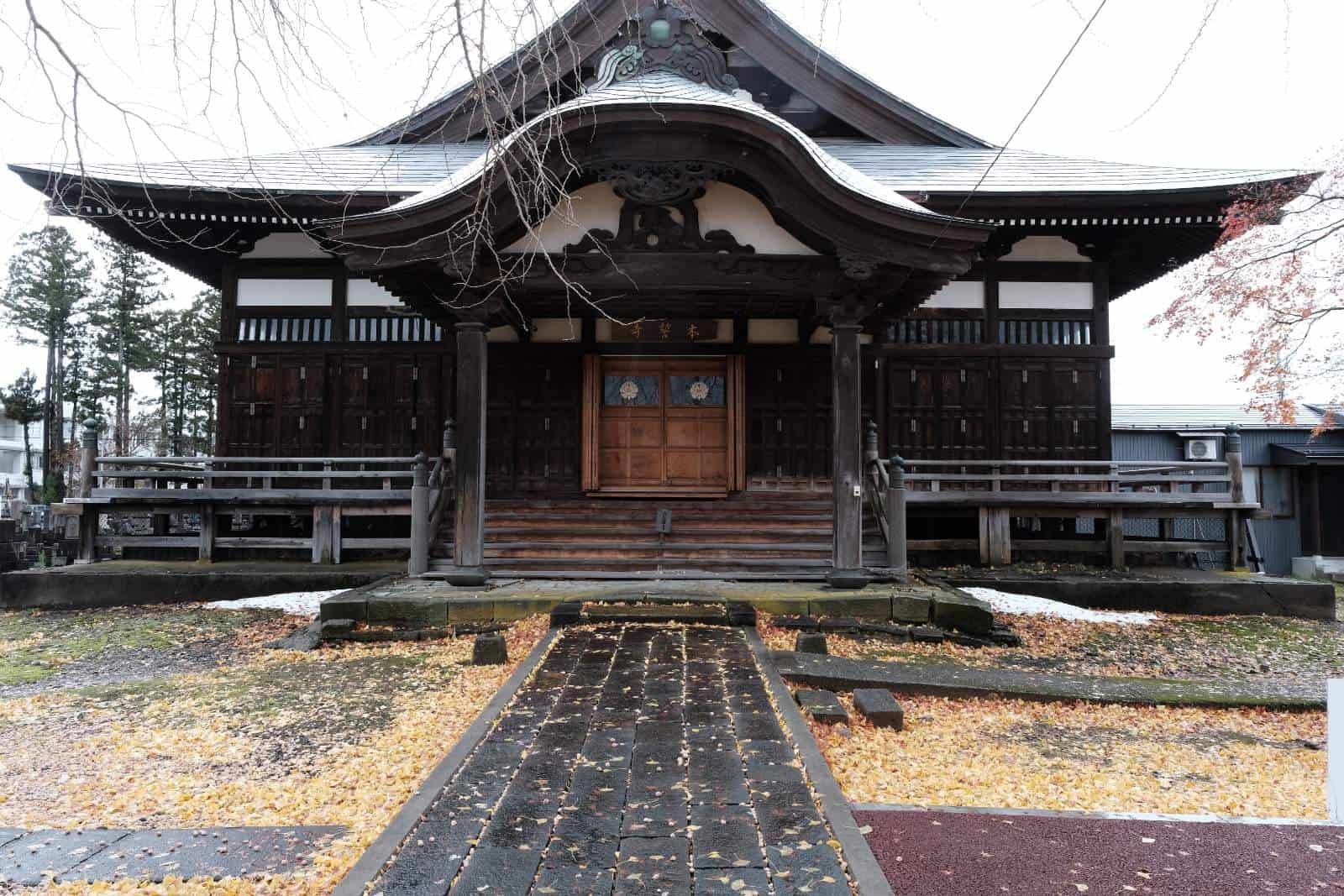
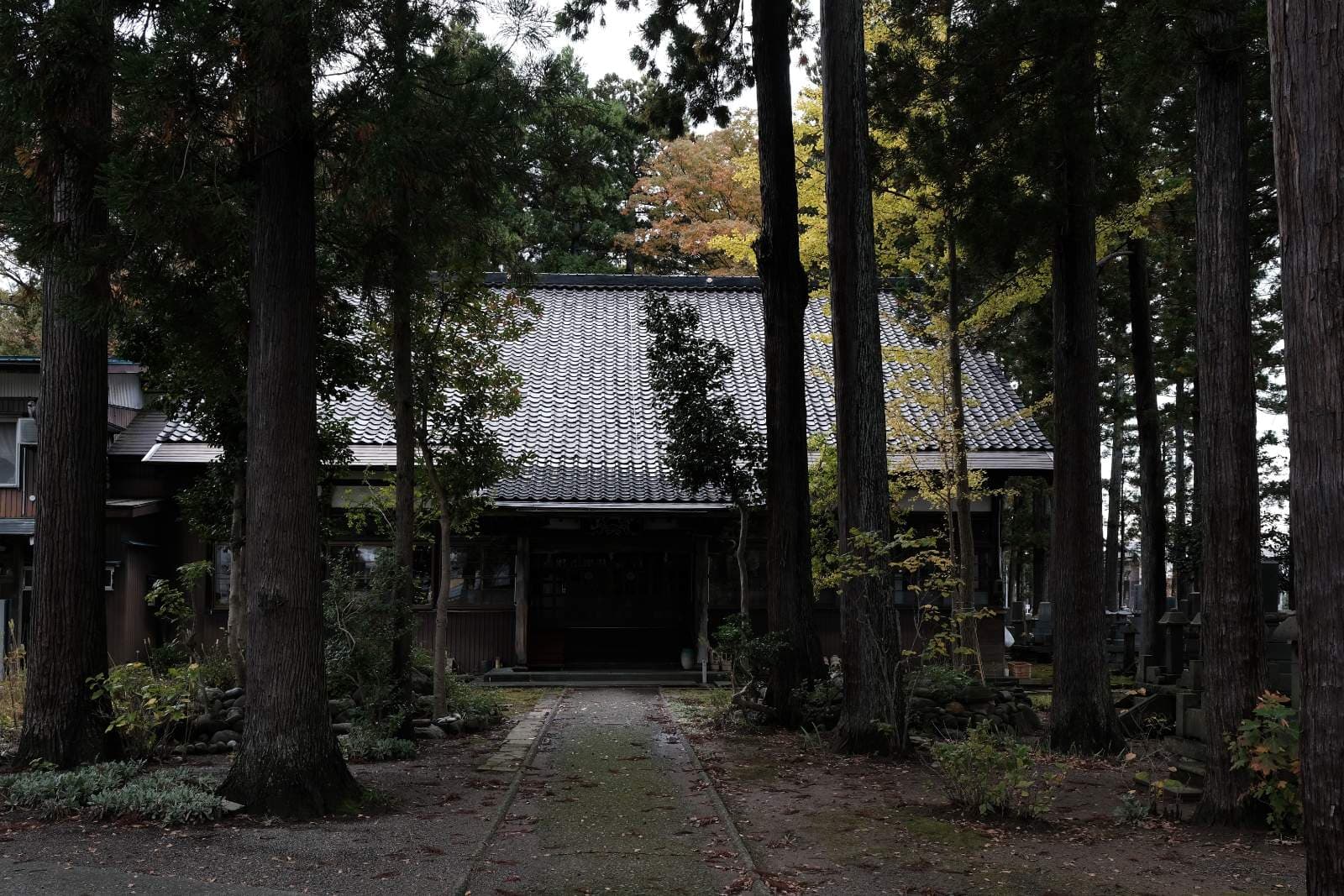
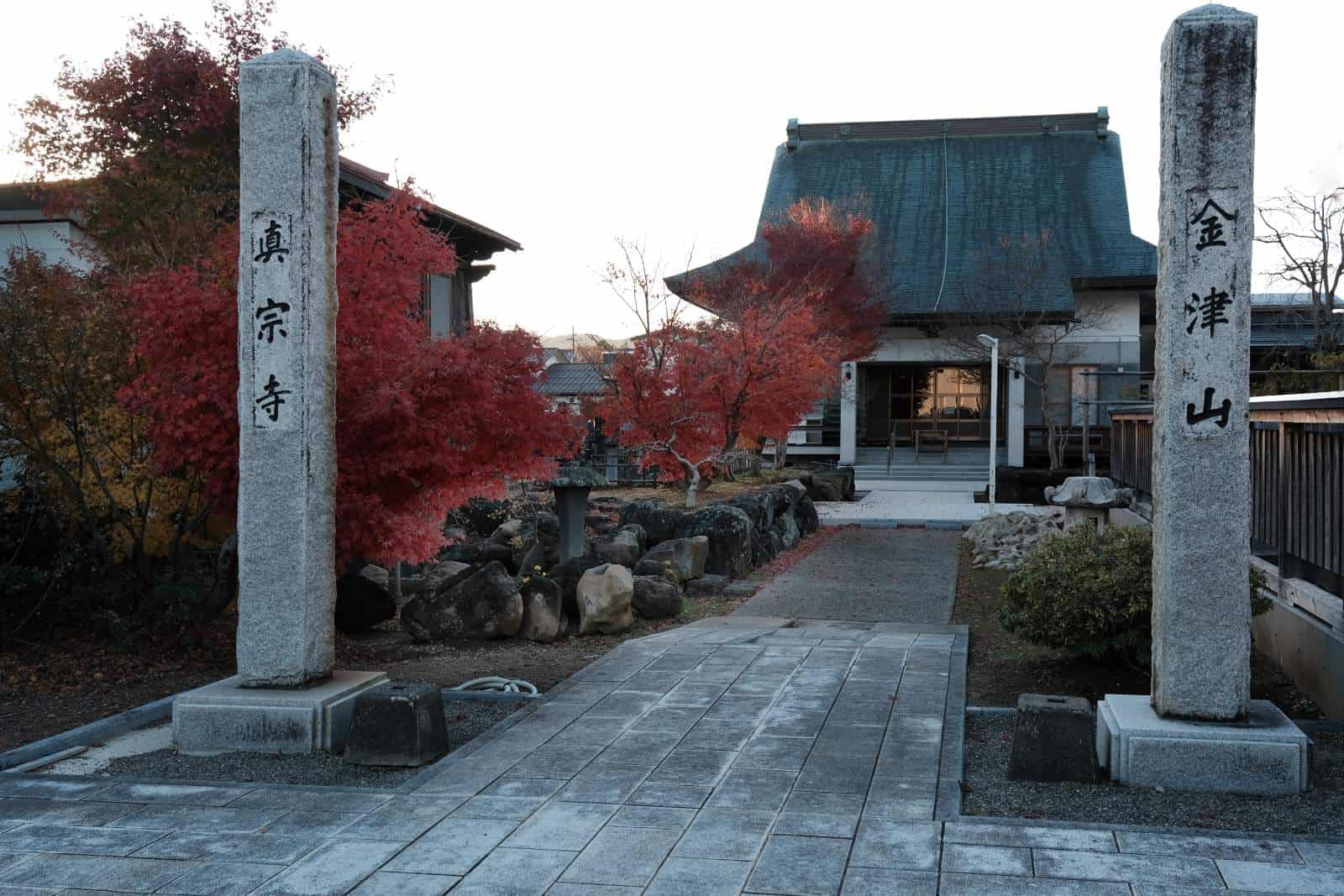
Teramachi
Although the ostensible purpose of Teramachi was “protection” of the castle, this did not necessarily mean that the Buddhist monks of Takada were fighting monks. Protection in this context meant protection in the form of spiritual and moral support but the temples also played a role in providing space to house the domain’s foot soldiers.
Today’s Teramachi is centrally located in Takada in three city blocks, Teramachi 1-chome, 2-chome and 3-chome, to the West of and parallel to the Myoko-Haneuma Railway line.
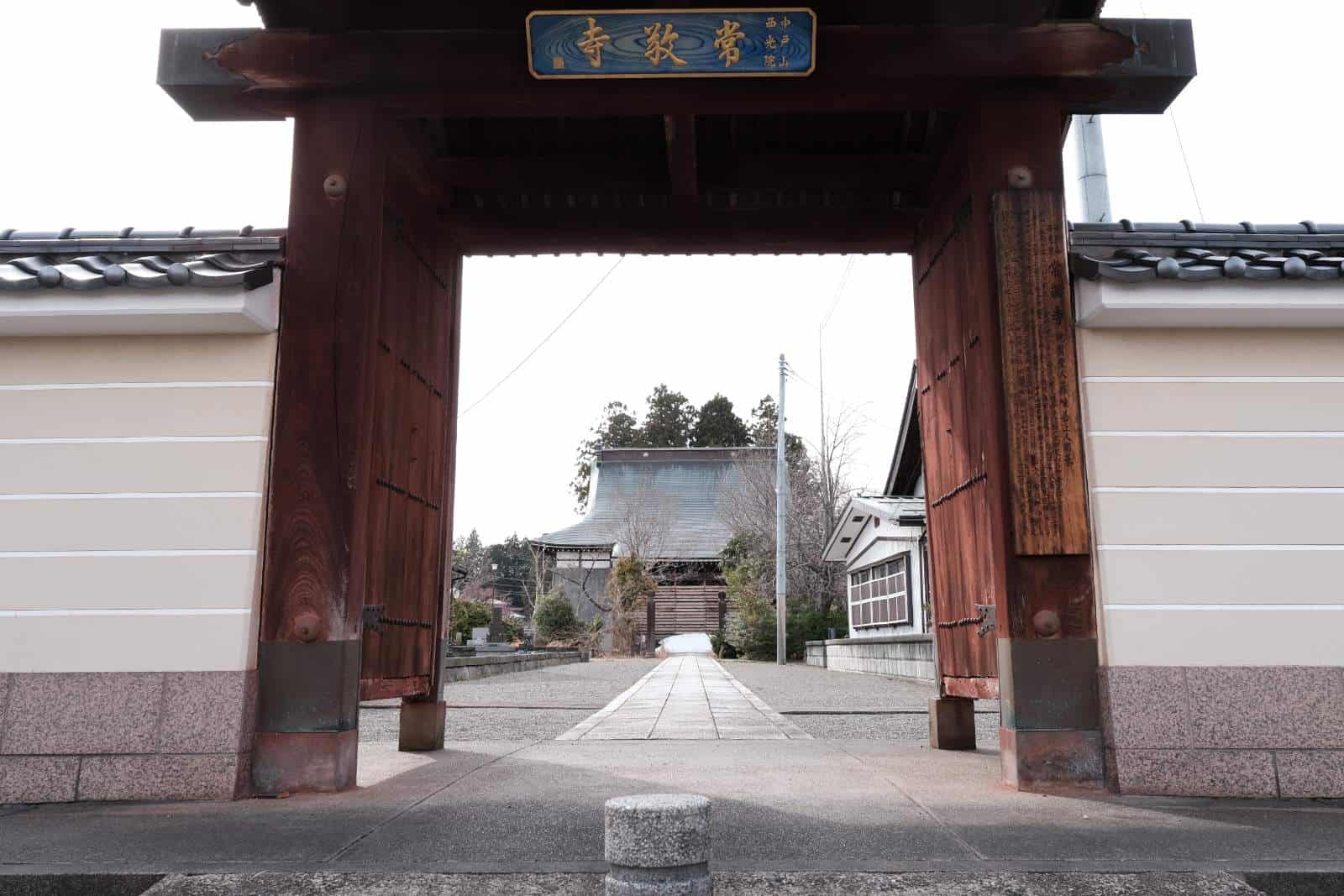
Origins and numbers of temples
The number of temples as well as the representation of different sects has changed over the years. The temples arrived in waves, often caused by changes in the domain administration. Daimyo and high-ranking samurai would sometimes request temples they had close relations with to follow them to a new location.
The temples that relocated in 1614 from Naoetsu to Takada — probably about 25 temples — formed the first wave. Another notable wave came in the form of eight temples (Jodoshinshu 2, Jodoshu 2, Zenshu 2, Nichirenshu 2) that accompanied the Sakakibara clan when they took over domain responsibilities in 1741.
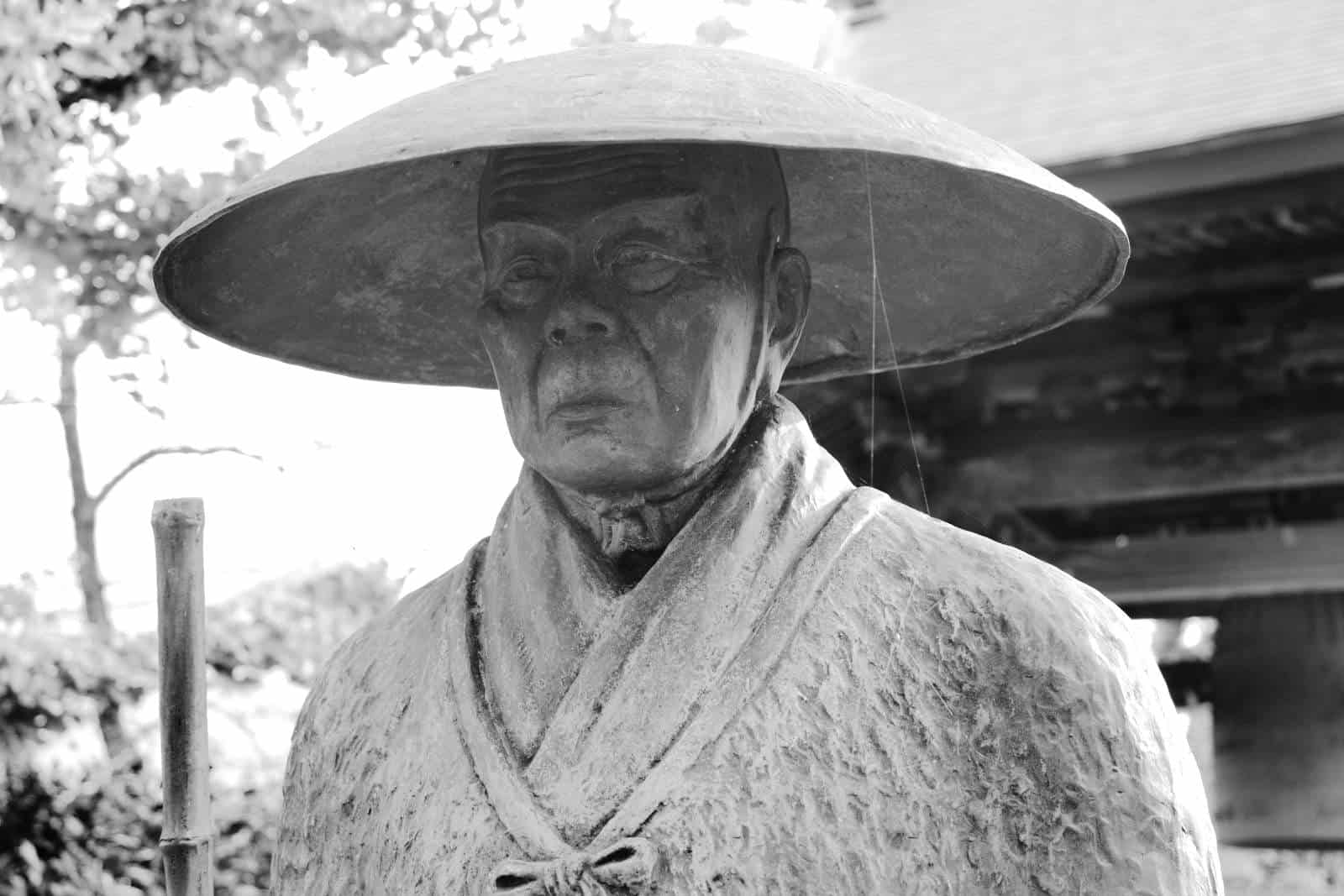
As to their origins, you can broadly divide the Teramachi temples in 5 groups:
- Temples that moved from Kasugayama to Noetsu, and then to Takada. This was the first wave.
- Temples that moved from different locations in Echigo to Takada.
- Temples that originated from outside Echigo.
- Temples that came along with Matsudaira Tadateru and Matsudaira Mitsunago.
- There were also temples that were newly established in Takada.
Maps and surveys show the following numbers:
| 1701 | 1746 | 2025 | |
|---|---|---|---|
| Jodoshinshu | 24 | 25 | 34 |
| Zenshu | 22 | 25 | 12 |
| Jodoshu | 10 | 10 | 6 |
| Nichirenshu | 8 | 8 | 7 |
| Shingonshu | 10 | 9 | 4 |
| Jishu | 1 | 1 | 1 |
| Tendaishu | - | 9 | - |
| TOTAL | 75 | 87 | 64 |
The earliest survey (the Shoho Castle map of 1644) showed not only temples to the west of the merchant part of town but also a small number of temples in the samurai district to the south of the castle.
The 1701 survey showed that several temples moved into Teramachi from Nakamachi. Further it shows that Teramachi as a whole had moved further westward in the years following the 1665 Kanbun earthquake.
The 1746 survey showed that temples had spread behind the merchant houses in the northern part of Takada. The total for 1746 did not include the 8 Sakakibara family temples.
The number of Zen temples (from the Soto and Rinzai sects) declined after 1871 because of the abolition of the feudal system. The Zen temples had been favorites of the samurai.
For a broader perspective, including background on the Takada Domain, Takada Castle, and development of the castle town, please refer to this article.
The information regarding the development of Takada Castle, its castle-town, and Takada’s Teramachi is the introduction to the most important part of the Teramachi story. In this article you will find information on the present economic situation of the temples and how temples are trying to adapt to remain relevant spiritually while creating a mode of operation that will assure them of financial viability.
Cultural and historical assets
NATIONAL
- Zendoji: Standing wooden statue of Zendo Daishi
- Shonenji: Wooden statue of Ichijin
- Jokoji: Main hall
PREFECTURAL
- Jokoji: Illustrated biography of Honen Shonin in color on silk
- Jokoji: Portrait of Shokonin Shokonin, color on silk, with color reproduction on paper
- Jokoji: Letters from successive monarchs of Honganji Temple
- Jokoji: Two letters of application
- Jokoji: Kesa (priest’s robe) with bead motifs and sideburns
- Jokoji: Diary of Senshu Nenbutsu
- Jokoji: Shinshu Kosha Seikyo
- Jokoji: Bell of Jokoji Temple
- Jokoji: Incense jar, red and white, with bending ring design
CITY
- Honseiji: Honseiji Documents
- Jokoji: Shinran Shonin’s main shrine and Karamon gate
- Shonenji: Shonenji Documents
- Jokeiji: Wooden standing statue of Prince Shotoku
- Jokeiji: Rennyo Shonin Shohin Shozo (color on silk)
- Jokeiji: Two statues of Shinran Shonin seated in a row, both on silk
- Jokoji: Shinran Shonin’s life portrait in color on silk
- Jokeiji: Portrait of Shinran Shonin in color on silk
- Jokoji: Silk and color portrait of Shinran Shonin
- Tensoji: Gate of Tensoji Temple
